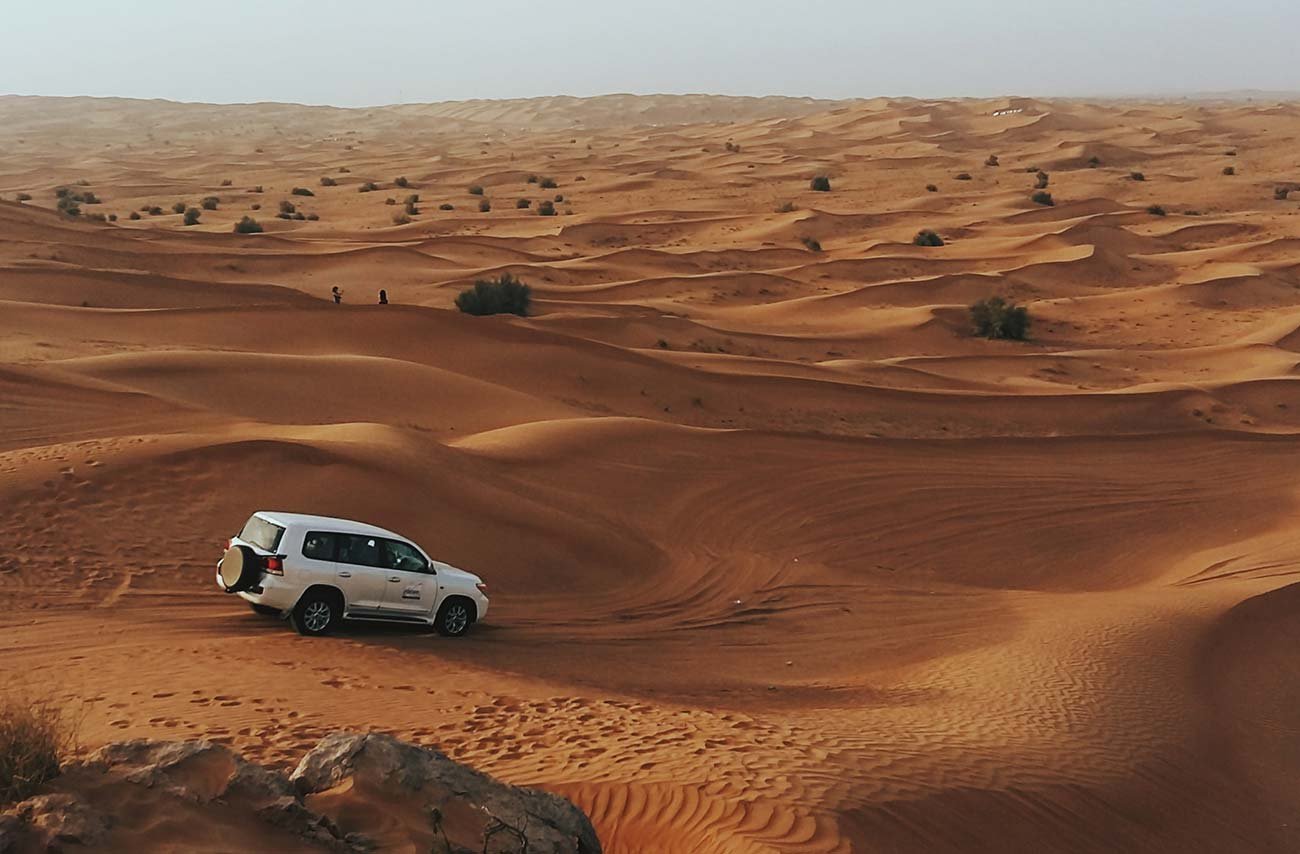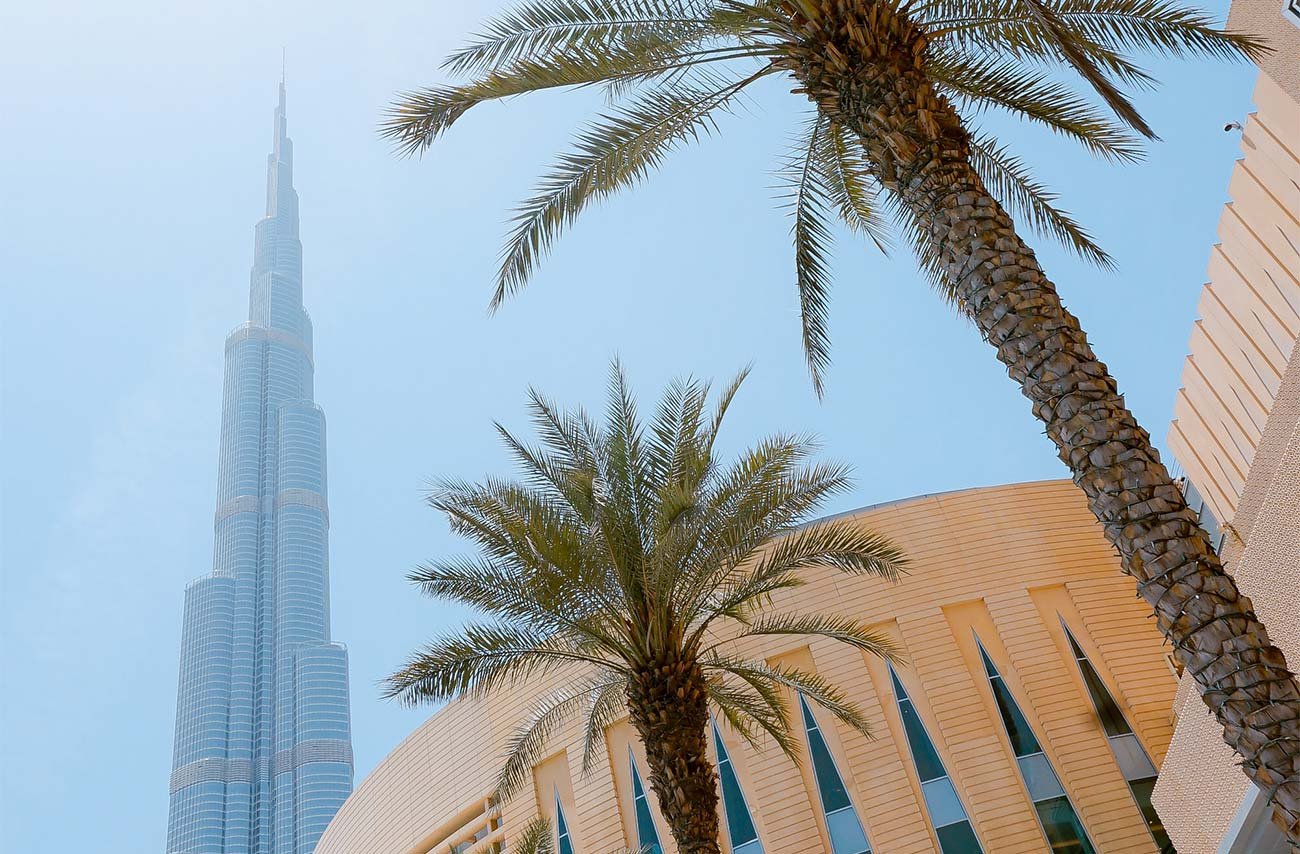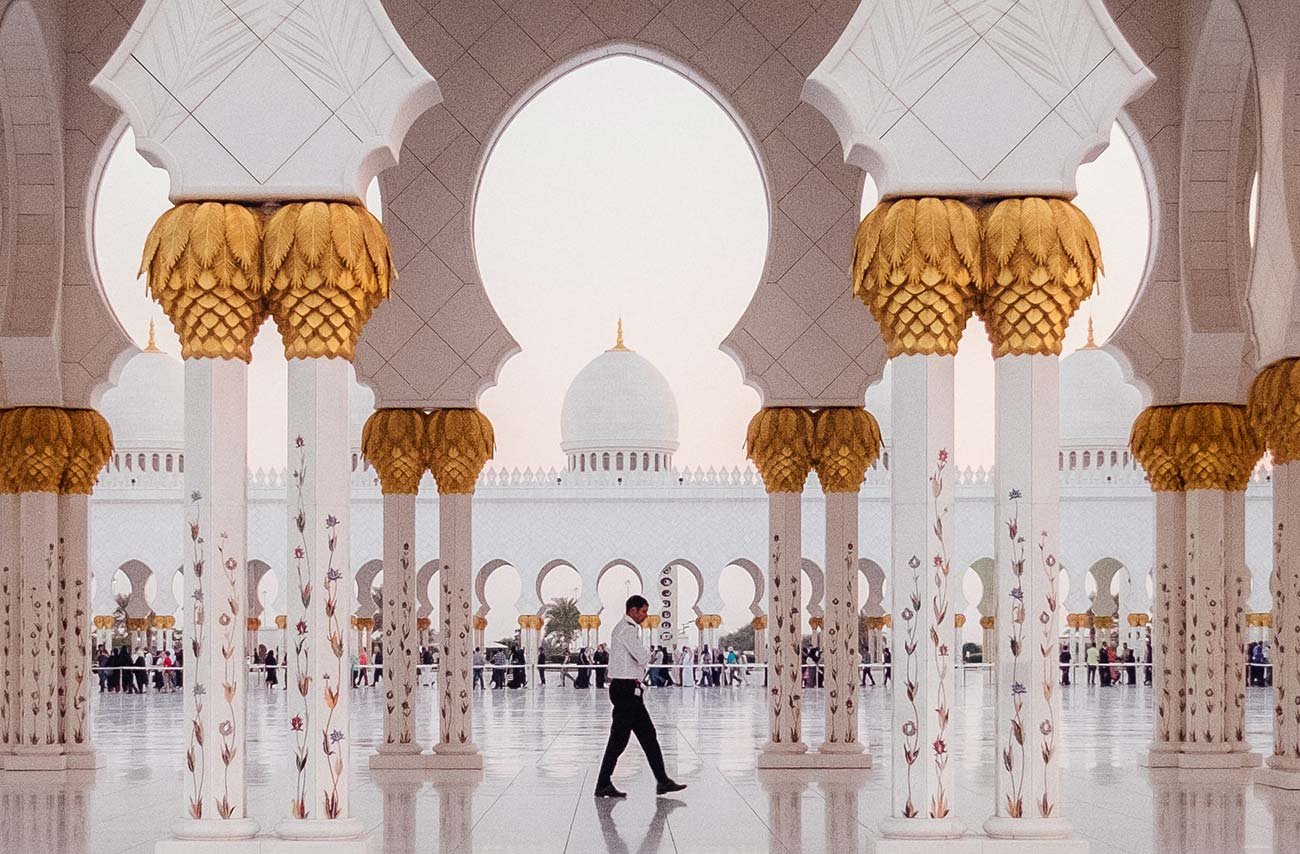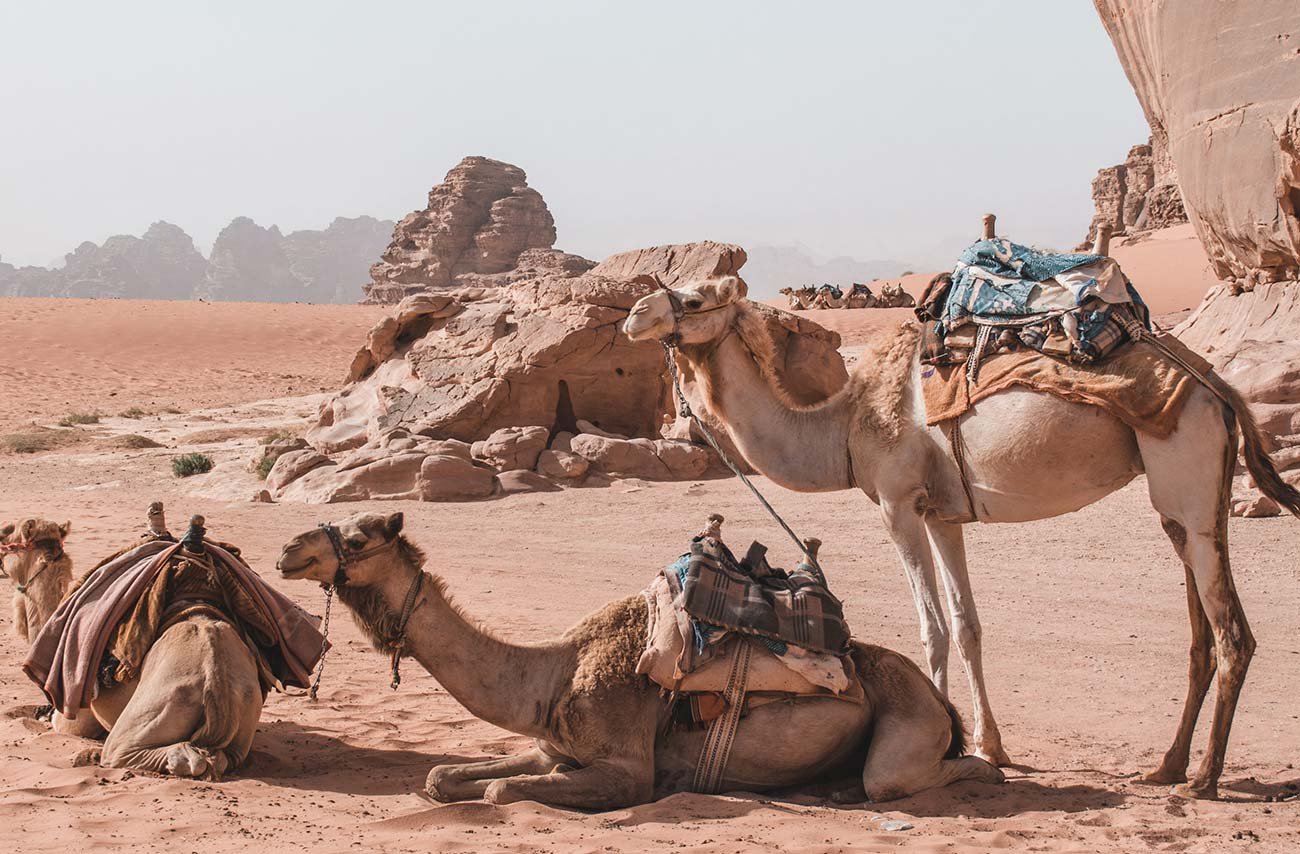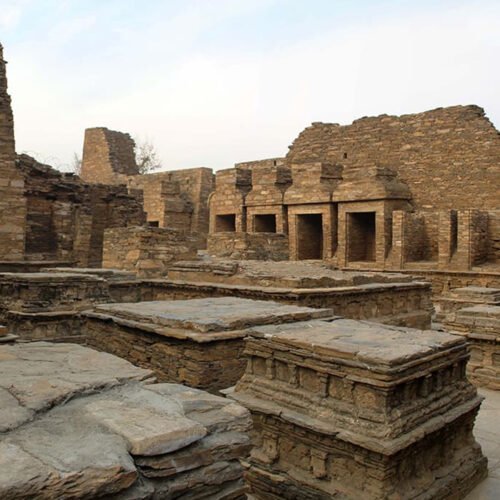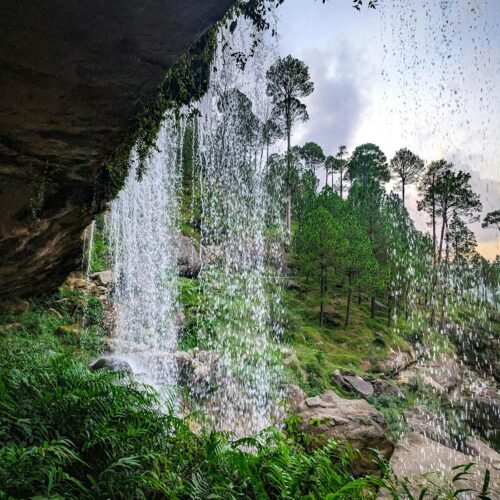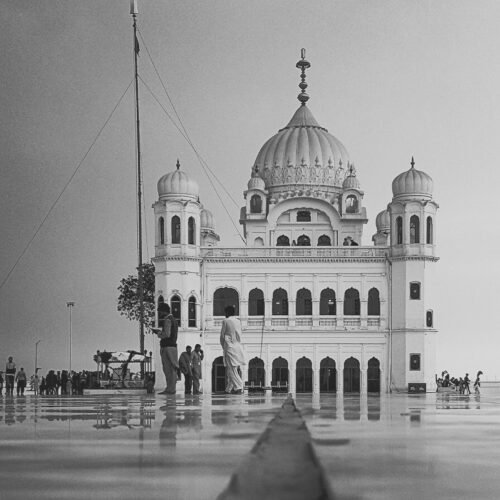Swat
Swat, often referred to as the “Switzerland of Pakistan,” is a stunning valley located in the Khyber Pakhtunkhwa province. It is renowned for its lush green landscapes, snow-capped mountains, and the crystal-clear Swat River.
Beyond its natural beauty, Swat holds profound historical and spiritual significance, particularly for those interested in Buddhism. This valley was once part of the ancient Gandhara civilization, a center of Buddhist art and culture that flourished between the 6th century BCE and the 11th century CE.
Buddhist Heritage in Swat
Swat Valley is dotted with numerous archaeological sites, stupas, monasteries, and rock carvings, all remnants of its Buddhist past. It was a hub of learning for Buddhist monks and a pilgrimage site for devotees from across Asia.
Adventure and Nature
Besides its Buddhist heritage, Swat is a paradise for adventure seekers. The valley offers hiking, trekking, and skiing opportunities in the scenic areas of Malam Jabba and Kalam Valley. The beautiful lakes, such as Mahodand Lake and Spin Khwar, are perfect for day trips and camping. The Swat River is also known for trout fishing, a favorite activity for tourists.
Swat’s unique combination of natural beauty, cultural history, and spiritual significance makes it a must-visit destination for travelers interested in Buddhism, archaeology, and adventure.
Significant Buddhist sites in Swat are:
Butkara Stupa: Located near the city of Mingora, Butkara Stupa is one of the most important and well-preserved Buddhist stupas in the region. It is believed to have been built during the reign of Ashoka the Great in the 3rd century BCE and was used as a religious center for centuries. It was expanded several times, and visitors can see layers of construction that date back to different eras of Swat’s history.
Jamal Garhi: This ancient monastic site contains ruins of stupas and monastic cells. It offers a glimpse into the daily lives of Buddhist monks who lived here more than a thousand years ago. It is also known for its beautifully carved sculptures, many of which depict scenes from the life of Buddha.
Udegram: This village, located about 8 kilometers from Mingora, is home to the ruins of a Buddhist monastery and a stupa. Udegram has a rich historical and spiritual significance, and archaeologists have uncovered relics of Buddhist art and culture here.
Shingardar Stupa: A colossal structure located along the road between Barikot and Mingora, the Shingardar Stupa is one of the largest and most impressive Buddhist monuments in Swat. Standing tall against the mountainous backdrop, it once served as a beacon for travelers on ancient trade routes.
Saidu Sharif Museum: To get a comprehensive understanding of Swat’s Buddhist heritage, a visit to this museum is essential. It houses a rich collection of artifacts, statues, and sculptures unearthed from Swat’s numerous archaeological sites, providing insight into the region’s Buddhist past.

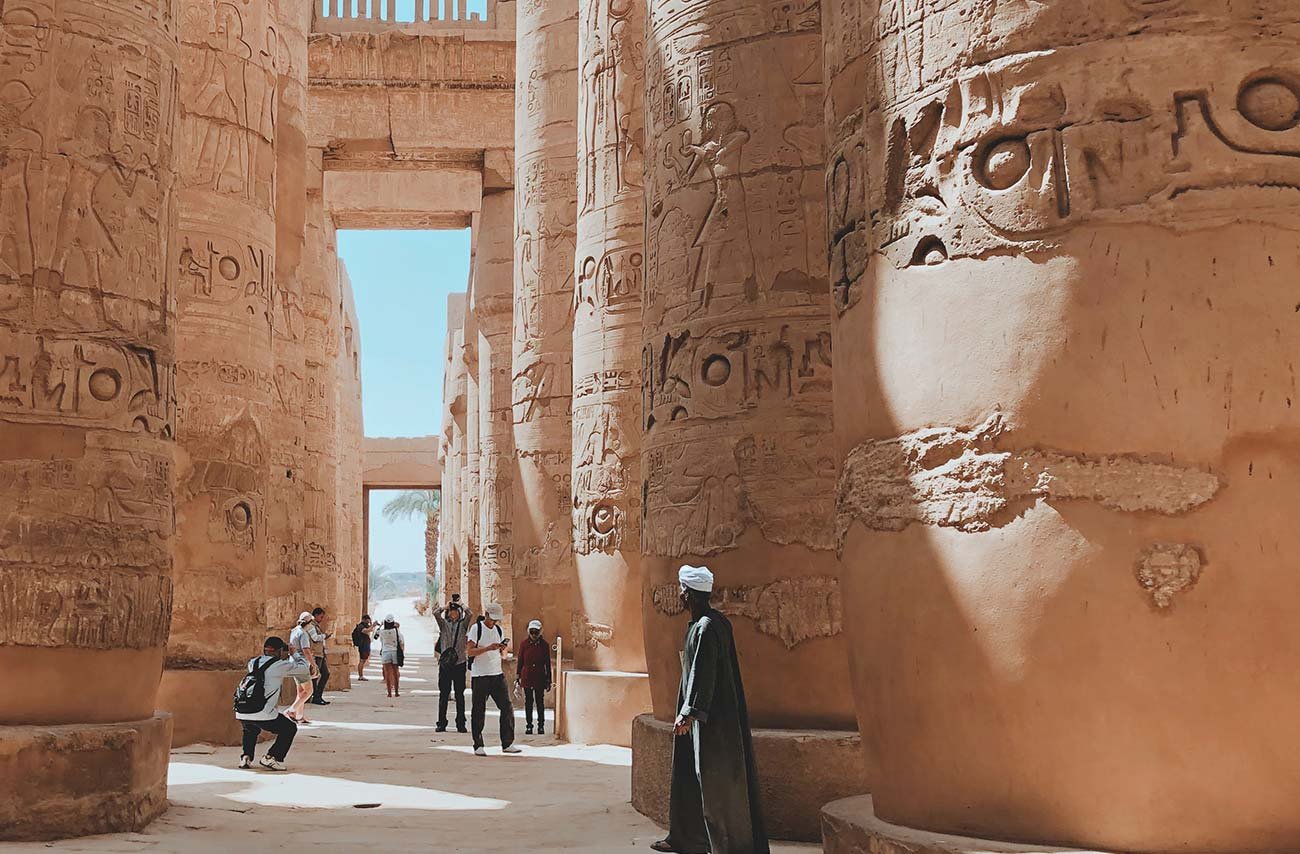
Good To Know
Country
Pakistan
Visa Requirements
Visa in needed
Languages spoken
Urdu, English
Currency used
Pak Rupee, Pounds, Dollars
Area (km2)
9.8 million km2
- The Gandhara School of Art, which emerged in Swat, was a unique fusion of Greco-Roman and Buddhist art forms. The region’s sculptures often depict Buddha in a Hellenistic style, reflecting the influence of Greek culture brought by Alexander the Great’s conquests.
- Swat is believed to be the ancient land of “Udyana,” mentioned in Buddhist texts as a region visited by Padmasambhava (Guru Rinpoche), who later introduced Buddhism to Tibet.
- The Italian Archaeological Mission has been working in Swat since 1955, uncovering and restoring many of its ancient Buddhist sites, making it one of the best-preserved centers of Buddhist archaeology in the region.
- Swat has been continuously inhabited for over 3000 years.
Travel Tips
- Best Time to Visit: The ideal time to visit Swat is between April and October when the weather is pleasant, and the landscapes are in full bloom. Winters can be harsh, particularly in the higher altitude areas.
- Getting There: Swat is accessible by road from Islamabad, Pakistan’s capital, with a travel time of about 4 hours. The Swat Motorway has made the journey smoother and faster. Visitors can also fly to Saidu Sharif Airport, but flights are limited.
- Local Guides: Hiring a local guide knowledgeable about Swat’s Buddhist history is highly recommended. Many of the ancient ruins are located off the beaten path, and guides can provide in-depth historical and cultural context.
- Respect for Local Culture: While visiting Buddhist sites, be mindful of local customs and traditions. Swat is a conservative region, and it’s important to dress modestly, especially when visiting religious or archaeological sites.
- Sustainable Tourism: Swat is an ecologically sensitive area. Visitors are encouraged to respect the environment by not littering, staying on marked trails, and avoiding any damage to the ancient ruins.
- Accommodation: Swat offers a range of accommodation options, from budget guesthouses to premium hotels. It’s advisable to book in advance, especially during the tourist season.
- Local Cuisine: Enjoy local cultural events to experience the traditional celebrations and fun.
- Extras: Bring warm clothes with you to keep yourself safe from temperature changes.
